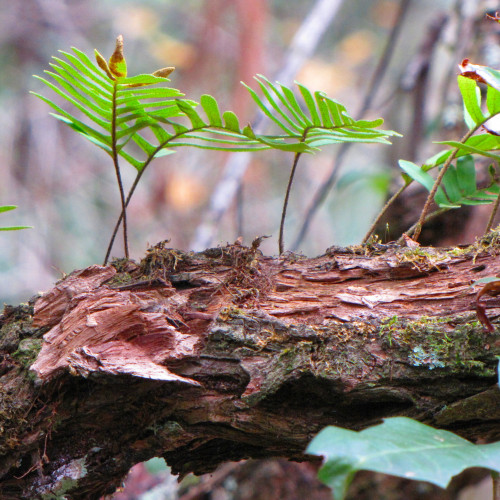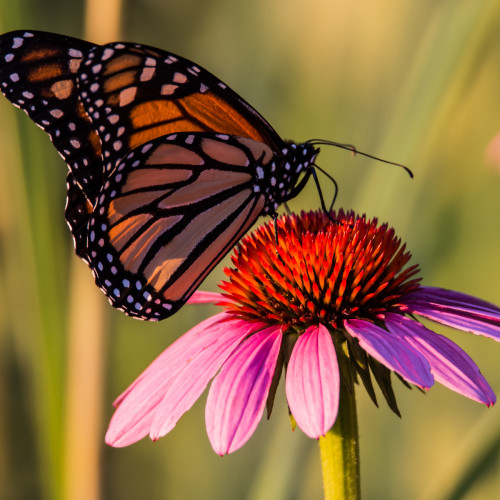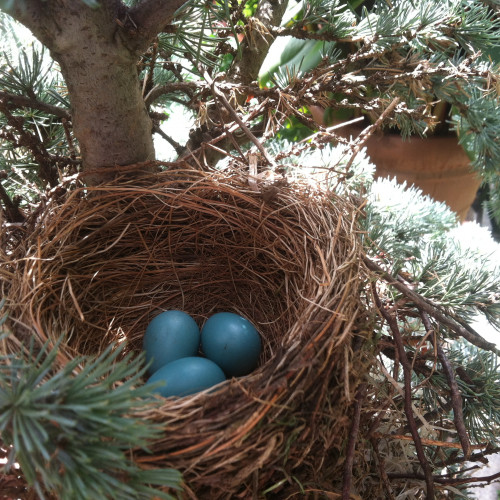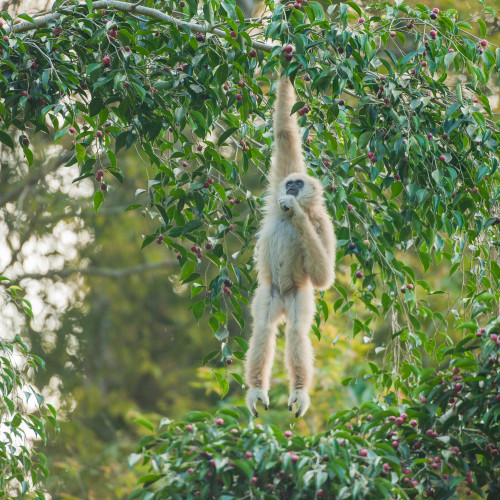Live Oaks: A Valuable Natural Resource
Early Conservation Efforts
Live oaks were so valuable to shipbuilding and U.S. national security in the early 1800s that Congress passed laws to prevent them from being harvested illegally. The U.S. government also purchased and protected vast areas of timberland for use in naval shipbuilding. These were some of America’s earliest efforts in natural resources conservation.
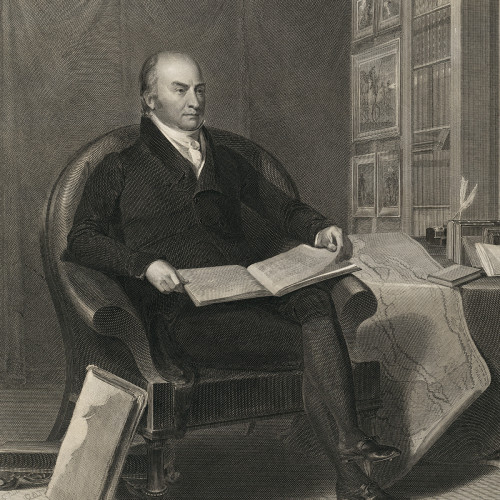
President John Quincy Adams, known as the “tree-planting Mr. Adams,” ordered the creation of a live oak plantation in Florida in 1828.
John Quincy Adams. Asher Brown Durand, after Thomas Sully. 1826. Engraving on paper. National Portrait Gallery, Smithsonian Institution; gift of Hirschl and Adler Galleires.
Studying Live Oaks
Smithsonian Gardens works with other organizations to study and protect live oaks and other plants. Historically, live oaks have only grown as far north as southern Virginia. But due to climate change, scientists are investigating whether they can grow farther north.
Some of the live oaks on the grounds of the National Museum of African American History and Culture were planted as part of a study with Harvard University’s Arnold Arboretum and the University of Pennsylvania’s Morris Arboretum to see whether live oaks can thrive in this region.
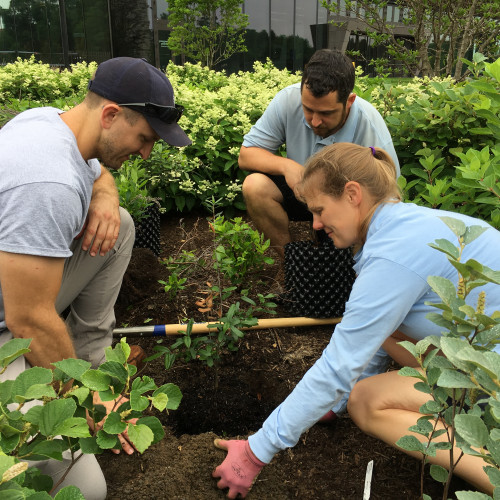
Smithsonian Gardens staff plant live oaks from Harvard University’s Arnold Arboretum on the grounds of the National Museum of African American History and Culture.
Photograph by Brett McNish, Smithsonian Gardens.
Robles vivos: un valioso recurso natural
Primeras iniciativas de conservación
Los robles vivos eran tan valiosos para la construcción naval y la seguridad nacional de los EE. UU. a principios de los años 1800 que el Congreso aprobó leyes para evitar su tala ilegal. El gobierno de los Estados Unidos también compró y protegió vastas áreas de bosques madereros para su uso en la construcción naval. Estas fueron algunas de las primeras iniciativas de los Estados Unidos en materia de conservación de los recursos naturales.

El presidente John Quincy Adams, conocido como el “Sr. Adams que planta árboles”, ordenó la creación de una plantación de robles vivos en Florida en 1828.
John Quincy Adams. Asher Brown Durand, after Thomas Sully. 1826. Engraving on paper. National Portrait Gallery, Smithsonian Institution; gift of Hirschl and Adler Galleires.
Estudio de los robles vivos
Smithsonian Gardens trabaja con otras organizaciones para estudiar y proteger los robles vivos y otras plantas. Históricamente, lo más al norte que los robles vivos han crecido es el sur de Virginia. Pero debido al cambio climático, los científicos están investigando si pueden crecer más al norte.
Algunos de los robles vivos en los terrenos del Museo Nacional de Historia y Cultura Afroamericana fueron plantados como parte de un estudio con Arnold Arboretum de la Universidad de Harvard y Morris Arboretum de la Universidad de Pensilvania para ver si los robles vivos pueden prosperar en esta región.

El personal de Smithsonian Gardens planta robles vivos de Arnold Arboretum de la Universidad de Harvard en los terrenos del Museo Nacional de Historia y Cultura Afroamericana.
Fotografía de Brett McNish, Smithsonian Gardens.



